A good (=useful, thoughtful) Theory of Change is not that easy to put together. On the contrary, there are lots of not-so-good and bad Theories of Change. That’s a shame: it is a key element of Results Based Management.
In my experience, it is helpful to keep 7 principles in mind. In a nutshell: 1. repeat doing it until you get it right, 2. links are as important as expected changes, 3. risk and assumptions are key, 4. it must be scalable, 5. it is not a results chain, 6. organisations often already have ToCs in place which can’t be ignored, and 7. it has to be simple.
Let’s look at these principles in some more detail:
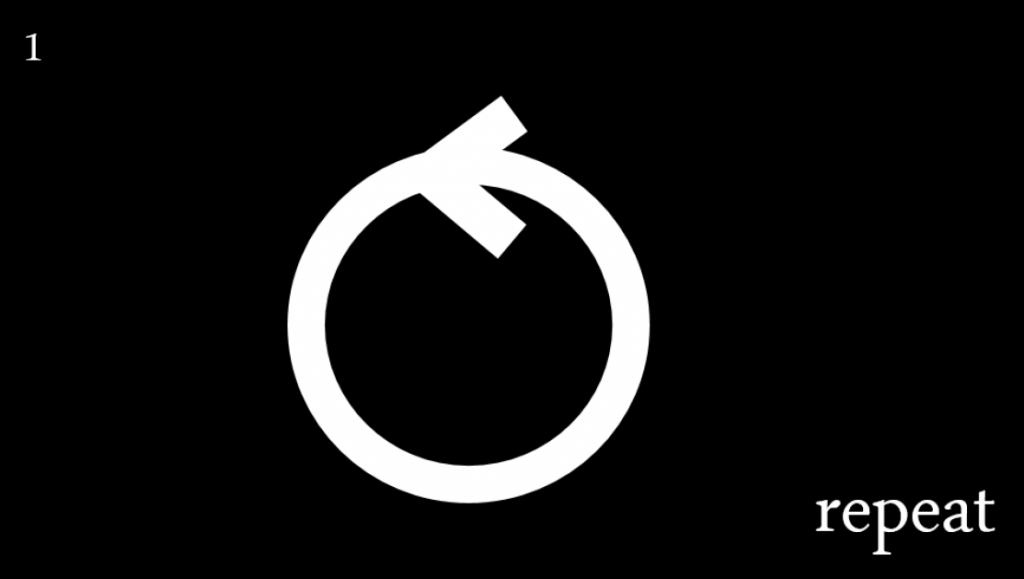
Repeat
Developing a Theory of Change is highly iterative. Review, change, and repeat until it upholds under intense, critical scrutiny.
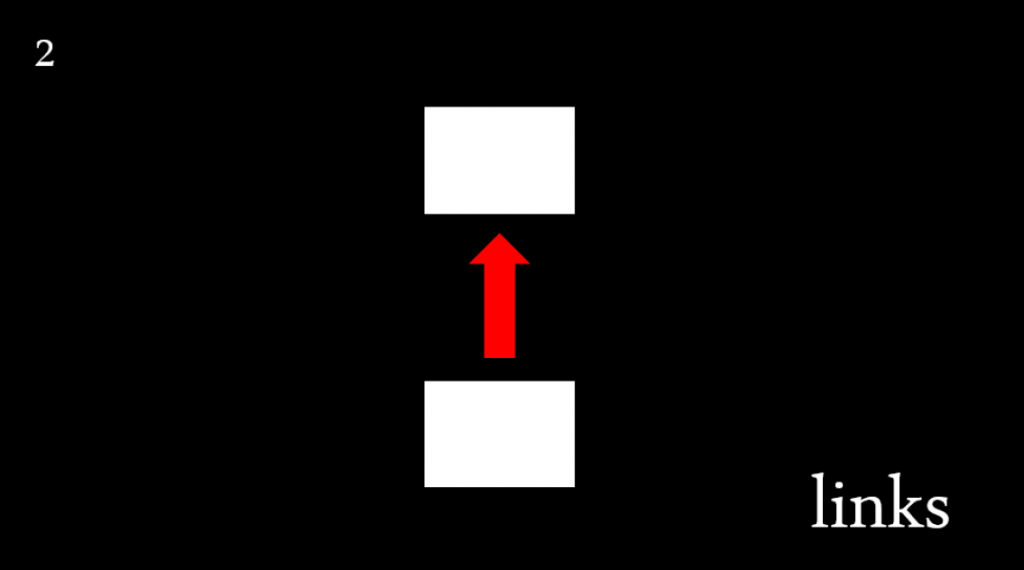
Links
Causal links hold the Theory of Change together. They are equally important as desired changes (the ‘boxes’) – but more difficult to get right. Provide evidence of the underlying logic.
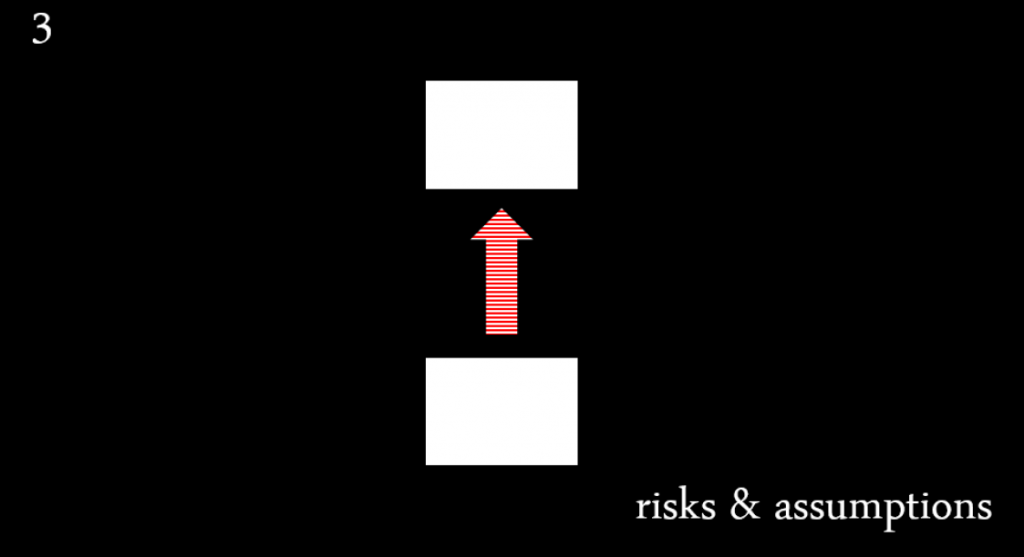
Risks & assumptions
For each link, carefully select the relevant underlying assumptions (=that must be in place for A to result in B) and risks (=that would prevent A from resulting in B).
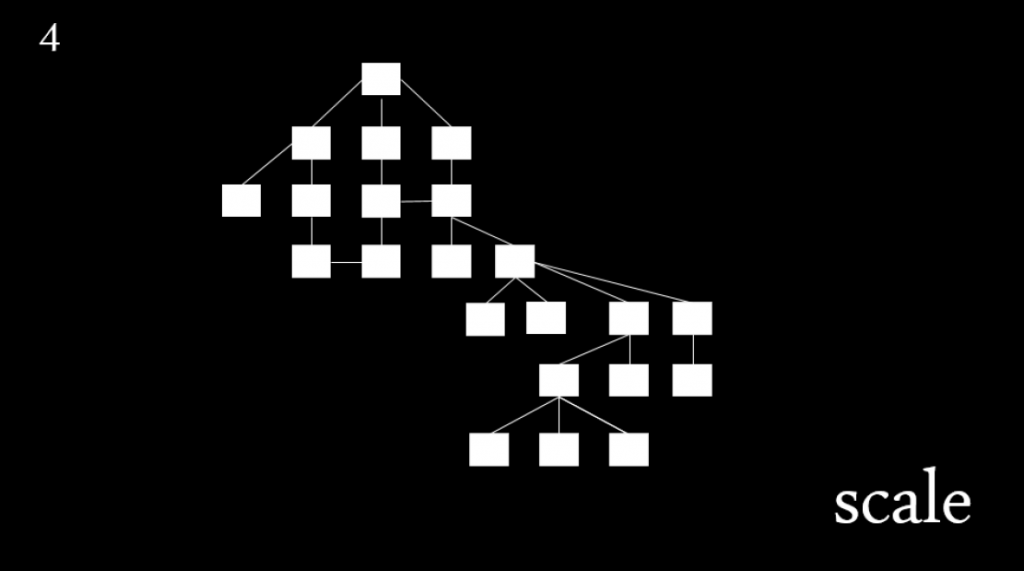
Scale
A complete Theory of Change is scalable. We can extract only the upper layers as a stand-along theory – or we can select a sub-set (e.g. for a related project)
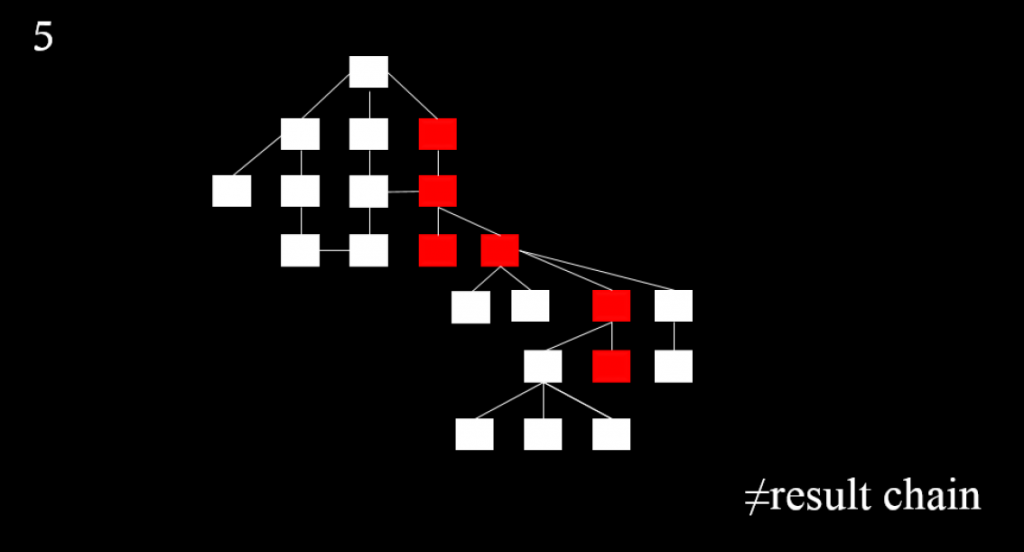
# results chain
A Theory of Change includes all changes needed to achieve the desired result. A result chain is the sub-set of the theory that an organisation chooses to address.
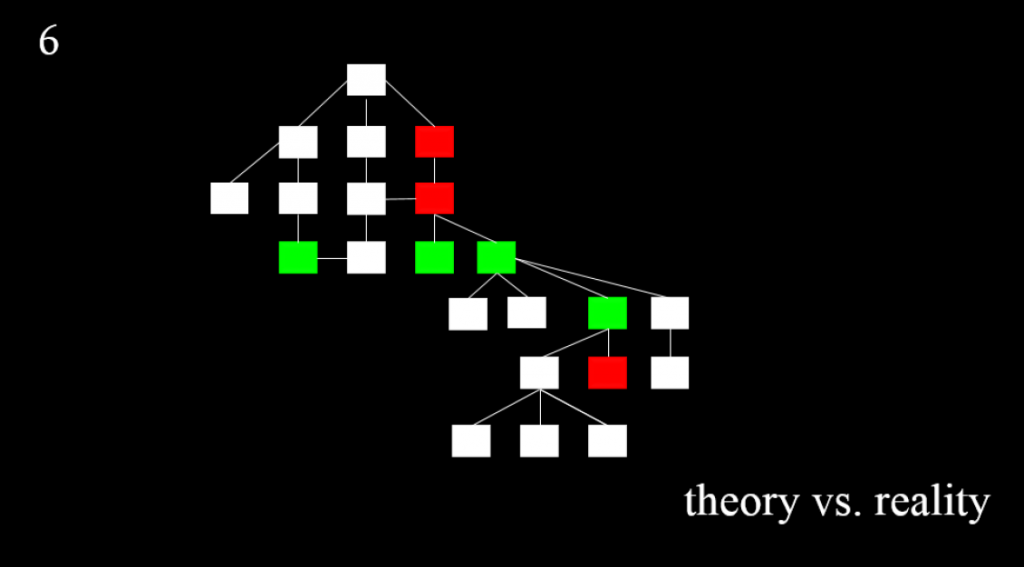
Theory vs. reality
A Theory of Change includes all changes needed to achieve the desired result. Therefore, a result chain is the sub-set of the theory that an organisation chooses to address.
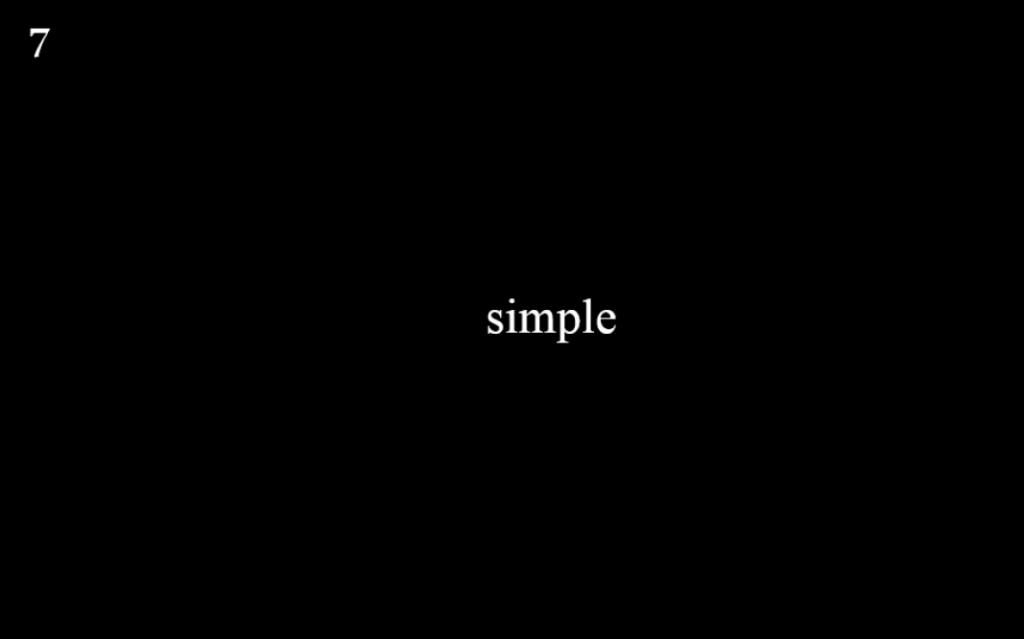
Simple
Above all: keep it as simple as possible (and as complex as needed). Above a certain level of complexity, a Theory of Change loses its value. Then it does only one thing: Confuse everyone.
Do you want to see all 7 principles together? Here we go:
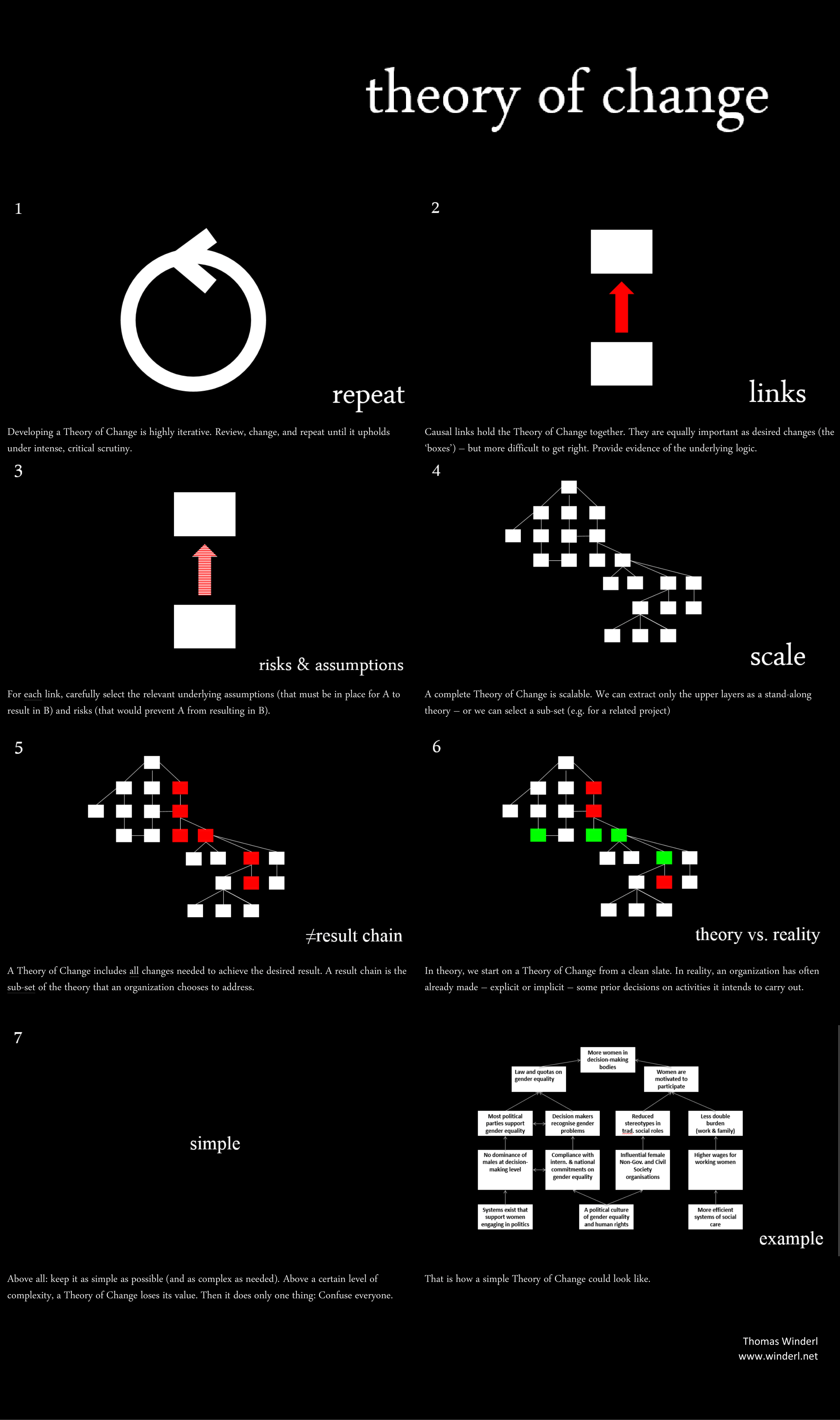
What to learn more about Theories of Change? Check out our blog post on Theories of Change: a step-by-step guide.
